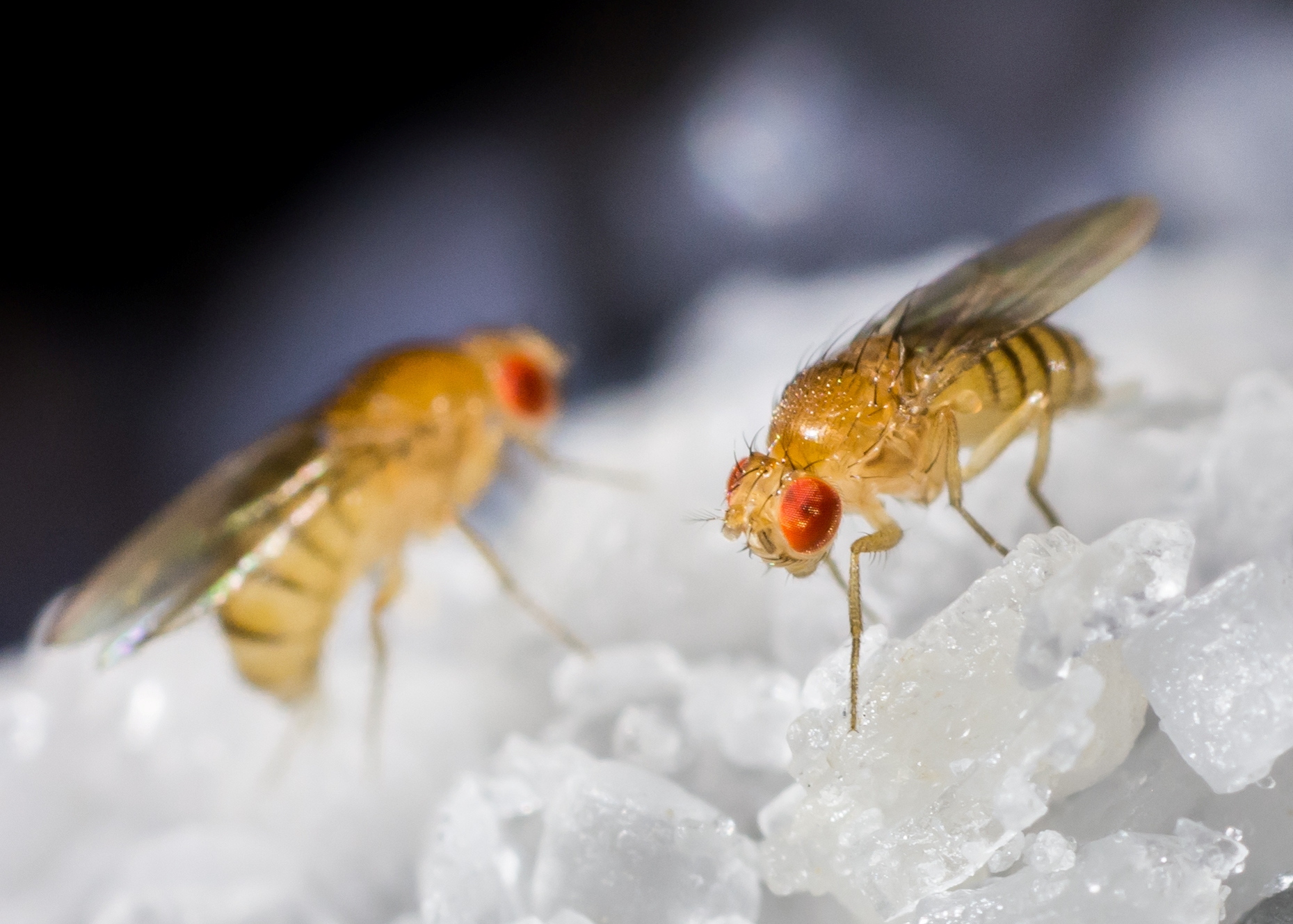Komal Kumar, a PhD candidate in biological sciences at Michigan Technological University, working under the guidance of Dr. Thomas Werner, has made a remarkable discovery: three genes that are responsible for cancer and disease in humans also dictate the spot patterns on fruit flies. This breakthrough paves the way for exploring these genes in fruit flies, potentially offering new insights into treating human diseases.
The shared genetic toolkit between humans and fruit flies enables researchers to study genetic disorders and cancer using these tiny organisms. Dr. Raja, captivated by how DNA encodes instructions for body structures, patterns, and behaviors, uses animal color patterns to model his investigations. His research has revealed that genes influencing pigment spots in animals have counterparts in humans, and abnormalities in these genes can lead to cancer and developmental disorders. Studying abdominal spots in miniature fruit flies provides a valuable model to understand how genes contribute to these conditions.
"We've identified proto-oncogenes, which, when dysregulated during development, can cause diseases like cancer," explains Dr. Raja. "These genes establish body plans during development and orchestrate pigment patterns on the abdomen. Importantly, they are conserved across all animals, including humans."
Dr. Raja's work demonstrates how developmental genes can adapt to influence new traits, such as painting spots and patterns on animal bodies and wings, without the need for new genetic inventions. "It's akin to adding a new fabric panel to an existing garment," he notes.
Dr. Raja's findings have been published in prestigious journals such as PLoS One and Genes, focusing on gene expression patterns and developing novel methods to map gene locations on the wings and bodies of various fruit fly species. "Our newly developed techniques will help us explore how genes contribute to abdominal pigment patterns and how this information is encoded in DNA," says Dr. Raja.
"Any disease or developmental disorder arises from genes behaving abnormally," Dr. Raja emphasizes. "Our research aims to decipher how these genes are regulated and how they influence other genes and developmental pathways." He believes that the ultimate goal of studying these genes is to identify targets for therapy against developmental diseases and cancer. "By addressing these genes' malfunctions, we aim to improve health outcomes significantly, offering a brighter future for many," he concludes, underscoring the monumental impact of investigating these miniature organisms.
Komal Kumar's research highlights the power of model organisms like fruit flies in genetic research and underscores the potential for translating these findings into tangible benefits for human health. By bridging the gap between basic biological research and clinical applications, researchers like Dr. Raja are at the forefront of a scientific revolution that could transform our understanding and treatment of genetic disorders and cancer.
(About Dr. Komal Kumar Bollepogu Raja, PhD, Department of Pathology, Dr. Graeme Mardon Laboratory, Baylor College of Medicine. Houston, Texas)








 OpinionExpress.In
OpinionExpress.In















Comments (0)